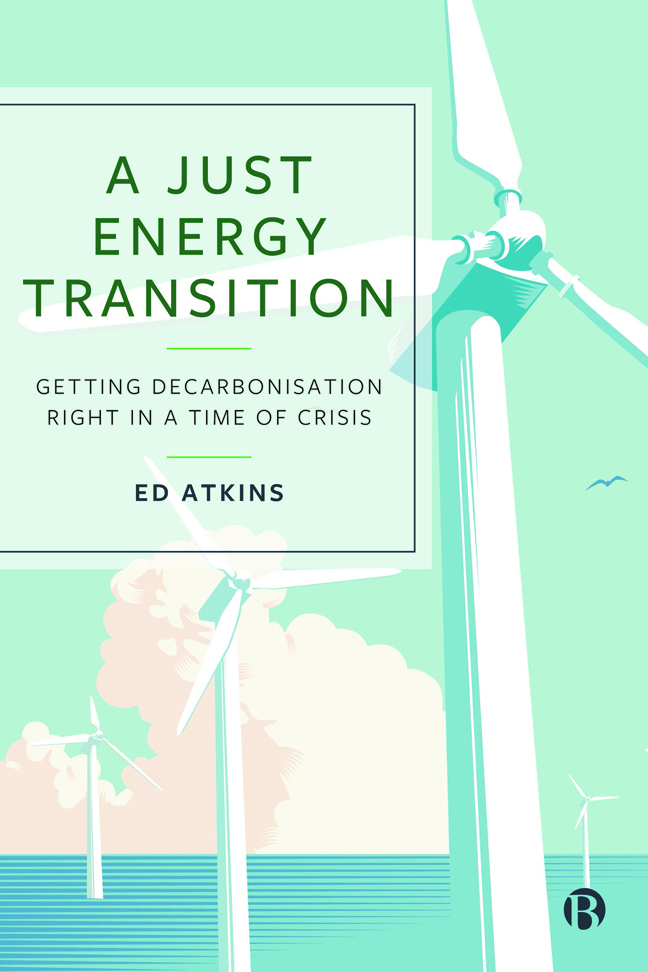3 - Scale
Published online by Cambridge University Press: 23 January 2024
Summary
The River Avon flows into Bristol from the southwest. Mallards and moorhens swim past and a grey heron stands on the bank. At dusk, bats might flit across the air above your head. The river forks as it enters the city. A large sign appears on the riverbank, directing all vessels to the right. Follow the sign this way and you find yourself in Netham Lock: a gateway to Bristol and its Floating Harbour. Beyond this, as buddleia washes out of cracks in the brick and concrete along Feeder Canal, you move past nightclubs and warehouses, timber merchants and car lots. You pass underneath the Meads Reach Bridge and, soon, you are in the city.
The New Cut runs to the other side of this fork. This waterway, built in the early 1800s, diverts the tidal Avon through south Bristol. The Cut flows past Temple Meads train station, Wapping Wharf and Spike Island. It takes in The Old City Gaol (now flats) and the Chocolate Path, joining the Cumberland Basin where another set of locks controls access to the harbour. There is much local folklore about the New Cut, including how it was built using the forced labour of French prisoners of war and that a party celebrating its completion ended with a riot.
While it has been possible for boats to navigate the New Cut in the past, this is only up to a point. This is what the sign at the fork warns against. The New Cut starts with a weir, a low head dam that manages the flow of water. Over 20 cubic metres of water pass over this weir every second (Bristol Energy Cooperative, 2020). The sound of this water washing over echoes across St Vincent's Industrial Estate, as kitchen fitters pick up supplies and mechanics complete their repairs. It is here that Bristol Energy Cooperative planned to build a micro-hydropower facility, installing two small turbines to produce enough electricity to power 260 homes and save around 520 tonnes of carbon dioxide emissions a year (Renewables First, 2019; Bristol Energy Cooperative, 2020). The Bristol Community Hydropower scheme at Netham Weir was in its planning stages between 2018 and 2022.
Like all of Bristol Energy Cooperative's projects, it would have been funded by the organisation's investor-members.
- Type
- Chapter
- Information
- A Just Energy TransitionGetting Decarbonisation Right in a Time of Crisis, pp. 35 - 50Publisher: Bristol University PressPrint publication year: 2023



